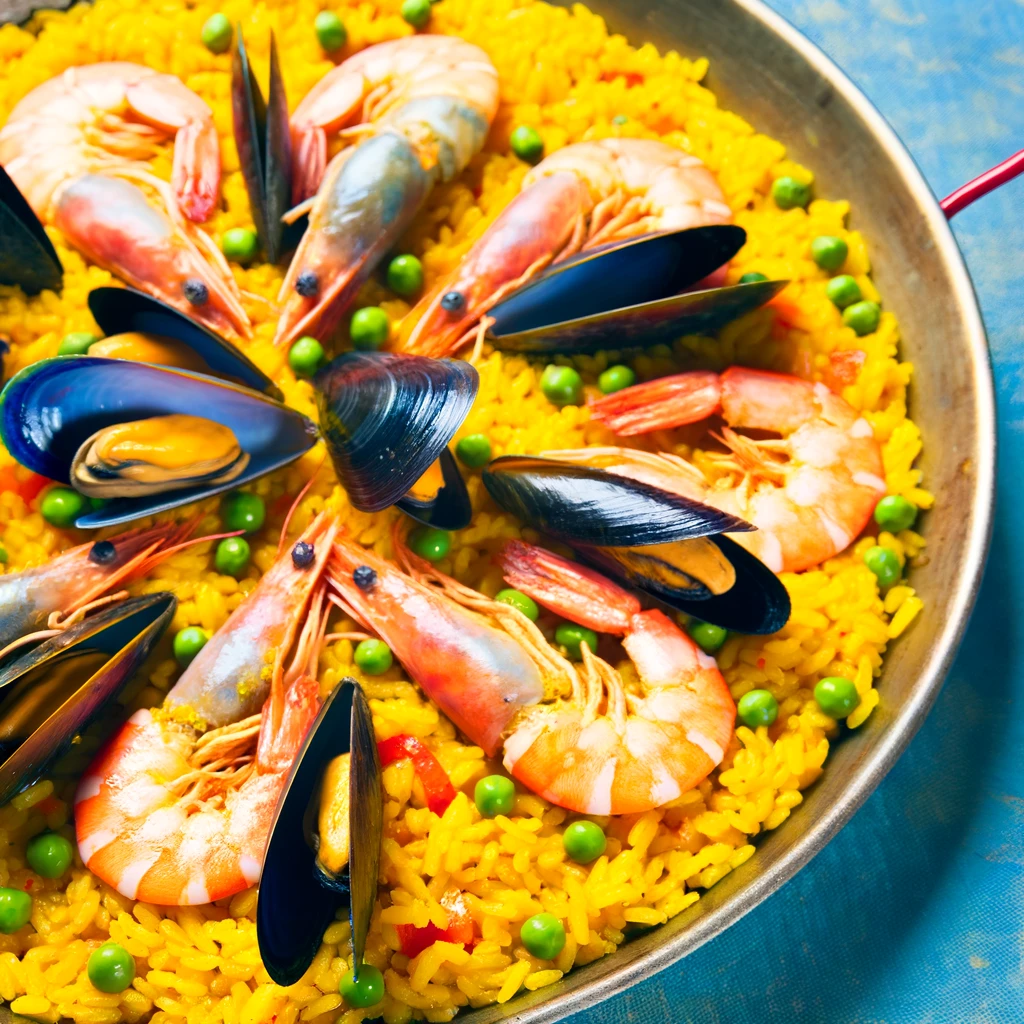The term “curry” evokes a variety of images and tastes across different cultures. From the aromatic Indian curry powders to the creamy Thai curries, this dish has traveled and evolved, captivating taste buds worldwide. But what exactly is curry? And how did it become a staple in so many diverse cuisines?
Origins in India
The word ‘curry’ is believed to be derived from the Tamil word ‘kari’, meaning ‘sauce’ or ‘relish for rice’. The Indian subcontinent has been crafting intricate blends of spices, or masalas, for millennia. Indian curries are diverse, ranging from the mild kormas of the north to the fiery vindaloos of Goa. Each region has its unique spice blend, preparation technique, and accompanying staples.
Thai Curries: A World of Creaminess
Thai curries, like their Indian counterparts, are a melange of spices. However, they often incorporate creamy coconut milk, giving them a distinct texture and flavor. The green, red, and yellow Thai curries, differentiated by their chili bases, are staples in Thai cuisine and have found fans globally.
Japanese Katsu Curry
Japan adopted and adapted curry from the British during the Meiji era. The Japanese curry, or ‘kare’, typically includes meat, carrots, and potatoes in a thick, mild sauce. It’s often served with rice or as a filling in bread.
African Influences
Africa, with its rich trading history, integrated Indian spices into its culinary palette. Dishes like the Bunny Chow from South Africa showcase the amalgamation of Indian curry spices with African flavors.
Caribbean Curry Culture
The Caribbean, with its influx of Indian indentured laborers in the 19th century, also adopted and adapted curry. Dishes like Trinidadian chicken curry or roti are a testament to this fusion.
British Curry: A Colonial Import
Britain’s love affair with curry began during its colonial rule in India. Today, dishes like ‘Chicken Tikka Masala’, often considered a British national dish, showcase the deep-rooted influence of curry in British culinary history.
Migration and Globalization
As people from curry-loving countries migrated, they brought their culinary traditions with them, tweaking them based on available ingredients and the local palate. This global movement has led to a plethora of curry-inspired dishes worldwide, from currywurst in Germany to curry pizzas in the US.
Conclusion
Curry is not just a dish; it’s a testament to the flow of culture, trade, and tradition. It’s a symbol of how food can transcend borders, bringing people together in a shared love for flavor.
External Links:



